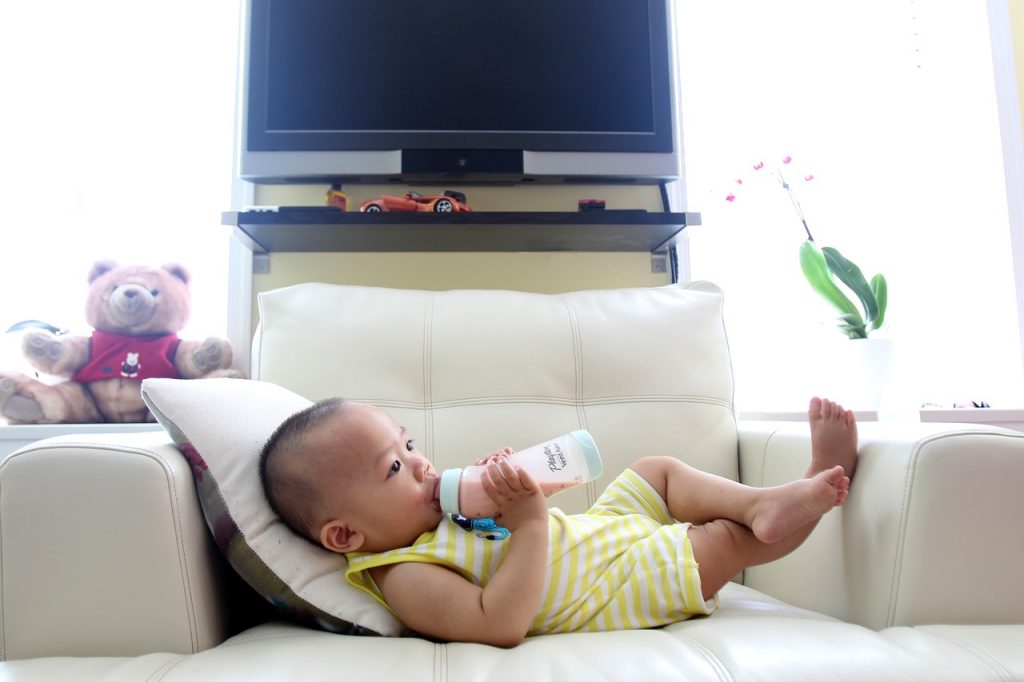Congratulations on your impending parenthood! Here’s a guide to baby-proofing your home.
Getting ready for a new baby is an exciting time. There’s a nursery to decorate, cute clothes to buy (for clothing ideas for your new baby, try this newborn baby boy collection), and stuffed toys to cuddle.

You also need to properly baby-proof your home. That way, you and your baby will be as safe as possible at all times.
You can baby-proof your bathtub easily. Set your water heater to run at a safe temperature, so the water can never be too hot, and install faucet covers. Newborn and very young babies should be washed in a slip-resistant baby bathtub.
Fire safety is another crucial element of child-proofing. Before the baby comes, make sure your smoke detectors are working properly. Pick up an extinguisher and fire blanket if you don’t already have them. You should also reduce your risk of fire by replacing any appliances with worn-out plugs or cables. If you have a live fire in your living room, install a fireguard.
You should also, as crazy as this might seem, baby-proof your crib. When buying a crib, make sure it has nowhere that the baby’s head can get trapped, such as decorative cutouts or widely-placed slats. You should make sure the mattress is a good fit (less than two fingers between the mattress and the side of the crib), so the baby can’t get trapped between them. The crib itself should be placed at a safe distance from lamps, climbable furniture, windows, or radiators.
You also need to make sure all your baby’s bedding is appropriate, having a firm mattress and no soft, fluffy pillows, or comforters. No soft toys, either! Avoid hanging toys or other objects over the crib as these can be hazardous if they fall.
Elsewhere in the baby’s bedroom, install cordless window blinds if possible, or tie up cords well out of the baby’s reach. It’s a good idea to do this around the whole house, as looped cords can be dangerous if babies become tangled. You should also avoid drawstring bags, or anything else that could be an entanglement risk.
Preventing accidental poisoning is essential. All cleaning products, household chemicals, makeup, and toiletries should be kept well out of the baby’s reach – in a locked cupboard or box if necessary. This will prevent your baby’s skin coming into contact with anything that might irritate it, or putting potential poisons into their mouth.
Around your home, if you have any paint that’s flaking or peeling away, you should either repaint or have the problem professionally repaired. Babies can pull loose paint away from walls, and it can be toxic if swallowed.
Many parents choose to learn basic first aid before their baby arrives. If you’re not able to take a course, it’s a good idea to assemble a basic first aid kit and learn to recognize problems such as choking. Make sure you have a comprehensive, up-to-date list of emergency telephone numbers, too.